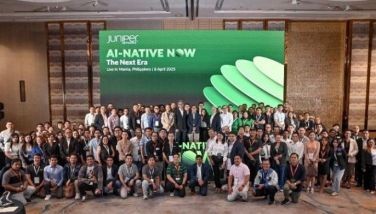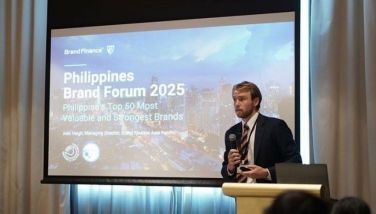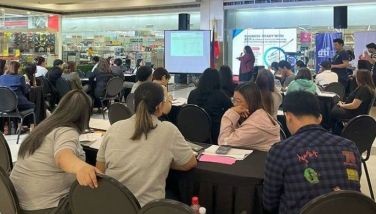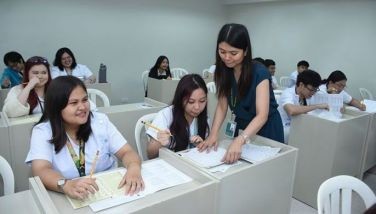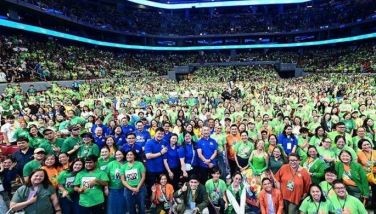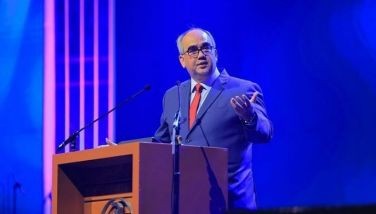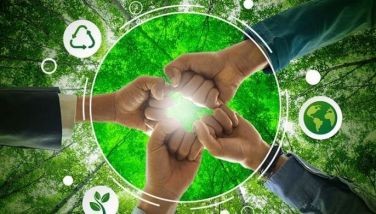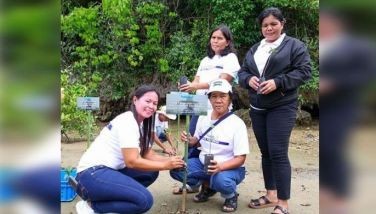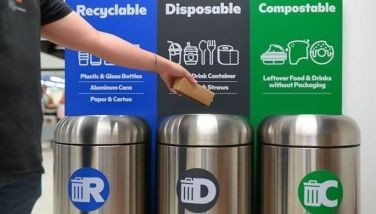Green initiatives to solve Philippine water problems: Membrane science and technology for wastewater recycling and reuse
(First of two parts)
The aftermath of ‘Ondoy’ and flooding: Water shortage and water pollution
In my first series of Star Science articles, “What happens when it rains?” I mentioned flooding and water pollution. The typhoons that hit the country late last year, particularly “Ondoy,” poured too much rainwater in 24 hours and this flooded Manila and 27 of its neighboring provinces. Ondoy submerged several towns and cities in murky water. What made the flooding worse was the domestic garbage dumped by residents along the gutters, canals, rivers, and along the shores of Manila Bay and Laguna Lake. The garbage definitely spread diseases and caused drinking water supply contamination. Thus, water, sanitation and hygiene were among the heaviest problems.
The shortage of clean and safe drinking water is usually a common problem after flooding and heavy rains. The irony of the situation is that, “there is plenty of water — “rainwater,” but we do not know of simple ways to deal with nature. Instead of causing floods, rainwater can be collected for drinking, irrigation, and domestic consumption. Rainwater or even floodwater can be purified by using membrane technology which has been accepted worldwide and proven to be very efficient, energy-saving and environmentally friendly. Collecting rainwater in tanks and wetlands must be considered, since our fresh water resources are being depleted and polluted by several factors.
With membrane technology, sufficient supply of water is possible every day. This technology could have provided enough clean and safe water for the thousands of victims of Ondoy in evacuation centers in Metro Manila and its surrounding provinces, and prevented the spread of water-borne diseases.
The next question is, “How do we drain all the flood water?” It is really difficult to pump the water back to Laguna Lake or Manila Bay. How do we pump the water out of the submerged areas and where are we going to store it? Is this possible? If it is, then what are we going to do with the excess floodwater? A solution to our problem of flooding according to Dr. Franz B. Boncodin, a Filipino-American environmentalist based in California, is to put up levee, wetland and dredging systems.
“The issue of flooding is a containment problem; if your pond is small, it will accommodate only a small amount of water; enlarge it (dredge and levee it) and you’ll contain more water. In Manila Bay, Laguna Lake, and Pasig River, where water lines are on the same level, only high and low tide will allow one or the other to flow out, or to back flow in. This is the very basic and simple truth about these bodies of water. The building of a water gate at the mouth of Pasig River on Manila Bay is to solve high and low tide, outflow and back flow issues, with provision for regular navigation. Levee, wetland and dredging systems are the only permanent solutions to prevent Metro Manila from more flooding, thirst, famine and death. Laguna Lake is almost at the same water level with Manila Bay. Outflow from Laguna Lake and major rivers occurs only during low tide at Manila Bay; at high tide, salt water backflows into Laguna Lake and rivers in Bulacan, Cavite and other Bay tributaries (Franz Boncodin).”
The excess floodwater, once collected in a levee or dam, can be recycled as a source of water supply for domestic consumption, irrigation, industrial use, and drinking water. Membrane separation technology has wide applications in water purification and wastewater treatment; therefore, it can be applied to recycle and reuse our floodwater.
The lack of clean water supply is not only caused by typhoons. The whole world, not only the Philippines, is actually facing a major water problem which is water scarcity due to the following reasons: (1) population growth — overextraction of water from the aquifers; therefore, the supply does not meet the demand; (2) deforestation — cutting trees and conversion of land into impervious surfaces affects natural storage and recycling of water; (3) climate change (global warming effects) — affects water distribution and natural storage; (4) and water pollution — the ultimate reason for the lack of clean fresh water.
(To be concluded)
* * *
Dr. Michelle C. Almendrala is a faculty member of the School of Chemical Engineering and Chemistry of the Mapua Institute of Technology. She is a Fulbright Senior Scholar currently doing advanced research in “Recycling of Biobutanol Fermentation Broth by Membrane Ultrafiltration” at the Department of Chemical and Biomolecular Engineering of the Ohio State University, Columbus, Ohio, USA. Her research work includes fermentation of biobutanol from glucose and corn stover; clarification of fermentation broth using membrane ultrafiltration, and recovery of biobutanol from the broth by gas stripping and pervaporation. Her interests are membrane separation applications in wastewater treatment and recycling; rice bran oil extraction, and fruit juice clarification using hollow fiber membranes. E-mail her at almendrala.1@osu.edu.
- Latest










